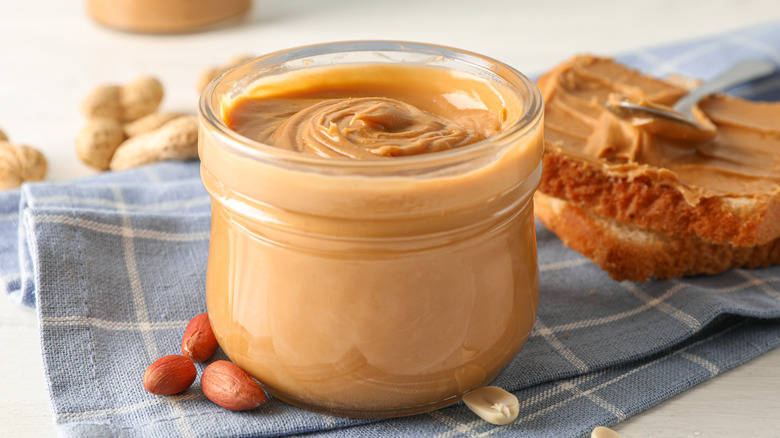The Food That The FDA Allows To Be Sold With Rodent Hair
It sounds outrageous, but it's true; the U.S. Food and Drug Administration does, in fact, allow for certain foods to be sold even when they contain a small amount of rodent hair and other "food defects," as CNN explains. The reason? These defects are impossible to completely eliminate during the food growing and harvesting process.
According to the FDA, "It is economically impractical to grow, harvest, or process raw products that are totally free of non-hazardous, naturally occurring, unavoidable defects." The good news is, the FDA has established a limit to how much of these byproducts is allowed in human food. Plus, consuming food with these defects poses no health risks, even though the thought of "rodent filth" in your lunch may be off-putting.
So, it's time to face the reality: A certain amount of rodent hair is allowed in several types of food, but there's one particularly common grocery product in which at least one or more rodent hairs is allowed in every 100 grams. Care to guess the food? Hint: You can put it in your sandwich.
A jar of peanut butter can have three to four rodent hairs in it
CNN claims this particular food — a spreadable condiment — is "one of the most controlled foods in the FDA list" of food defect standards. The condiment? Peanut butter. Yup. That means that last PB&J sandwich you had might have had a small bit of rat hair mixed in it. Remember, the FDA allows about one hair for every 100 grams of the spread.
So how much is 100 grams of peanut butter? About 3.5 ounces. A jar of peanut butter can range from 10 to 16 ounces or more. The FDA'S Compliance Policy Guide on peanut butter doesn't specify how small the hair fragments are or how they're mixed in with the peanut butter. That means it's possible for a 12-ounce jar to have no rodent hairs at all or for a 16-ounce jar to have about three or more hairs in it.
But before you decide you're never eating peanut butter again, keep in mind that these amounts are harmless. Plus, it's possible you've already eaten a tiny amount of rodent filth without realizing it. Approximately one rodent hair per 100 grams of peanut butter is the allowed amount as of 2022, but this could change. The FDA states that it "may review and change defect action levels" in the Food Defect Levels Handbook as technology advances.

